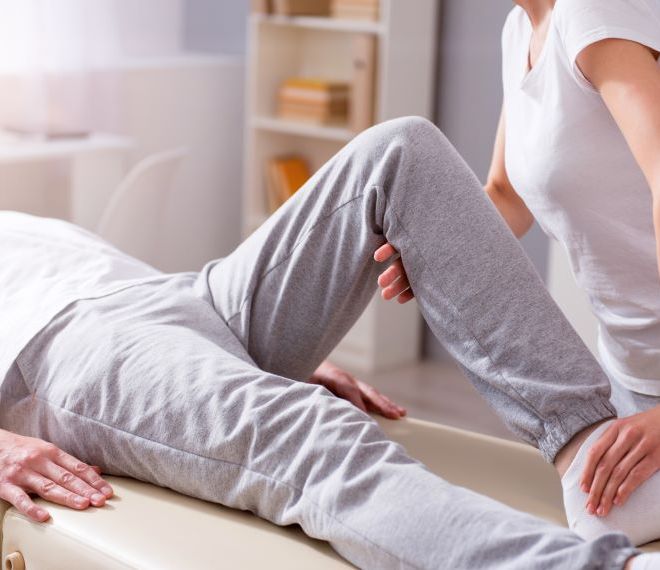Where it hurts, I'll tell you what he does!

Anatomically, we are quite diverse when it comes to our joints. No two spines are the same and it doesn't matter at all what kind of loads we put our body parts on. By not loading one, we can cause at least as much trouble as by overloading it.
Sitting, standing and asymmetric work have different effects on our body and posture. Unfortunately, every occupation has its disadvantages, but fortunately, these can be prevented on the one hand, and on the other hand, if we recognize the problem early, it is possible to counteract the symptoms with gymnastics.
The most common complaint of masons and loaders is lower back pain, and this can generally be said of those who do physical work. A lot of lifting can also cause problems around the hips, knee joints and shoulders. This is also true for hospital nurses, who also do a lot of lifting and bending, and because of work stress, muscle tension that affects the whole body is common, which easily strains the neck and shoulders. During their studies, healthcare workers receive sufficient preparation for mobilizing patients with the correct technique, but this does not cover unexpected situations, such as moving an overweight patient or lack of help, so injuries are unfortunately common. A physiotherapist can help a lot in how to compensate for everyday stress. For those who do physical work, after an ergonomic consultation, a whole-body exercise that focuses on the spine and limbs is usually recommended.
A common problem for office workers is the so-called forward head posture, which leads to overloading of the neck and shoulders and arms, but also causes problems for the lower part of the spine. The above is also true for professional drivers, as a sedentary lifestyle brings similar problems in their case as well. If someone sits a lot, the physiotherapist recommends dynamic forms of movement that move the whole body and improve circulation. As prevention, an ergonomic consultation can help, during which they can learn the correct posture while sitting and learn various home exercises that compensate for the problems that arise during the day.
If a person stands a lot while working, then sooner or later spinal complaints may appear, but pain in the joints of the hips, knees and legs and wear and tear problems are also common. Spinal exercises led by a specialist can be useful for them, but activities that move the whole body can also help a lot.
Physiotherapists can also provide a lot of good advice for mothers, since neck and shoulder problems unfortunately affect them in the first year after the birth of a child. Before giving birth, it is therefore worth visiting a maternity gym, where they not only move the changed body, but also show the correct lifting techniques, thus preventing later injuries. Later on, the baby-mom exercise can also be an experience, where the mother can get stronger and the child can have a good time. Urinary retention disorders often occur after childbirth, for which intimate gymnastics can be the solution.
When should we go to a physiotherapist?
If you are not sure which form of movement to choose or if you have already developed a locomotor system complaint, you should definitely contact a specialist who will perform a movement test and reveal the problems. Based on the results, he prepares a treatment plan, which he modifies based on the change in condition. A physiotherapist knows and uses countless techniques to relieve pain, improve the circulation of the joints, increase the range of motion, and stretch and strengthen the muscles.
Unfortunately, it is common that we turn to a specialist too late. The longer we delay the treatment, the longer the recovery will be. Regeneration cannot be rushed, a neglected shoulder problem can take up to a year to completely resolve, for example, if we notice it early, even a few treatments may be enough to resolve it.
